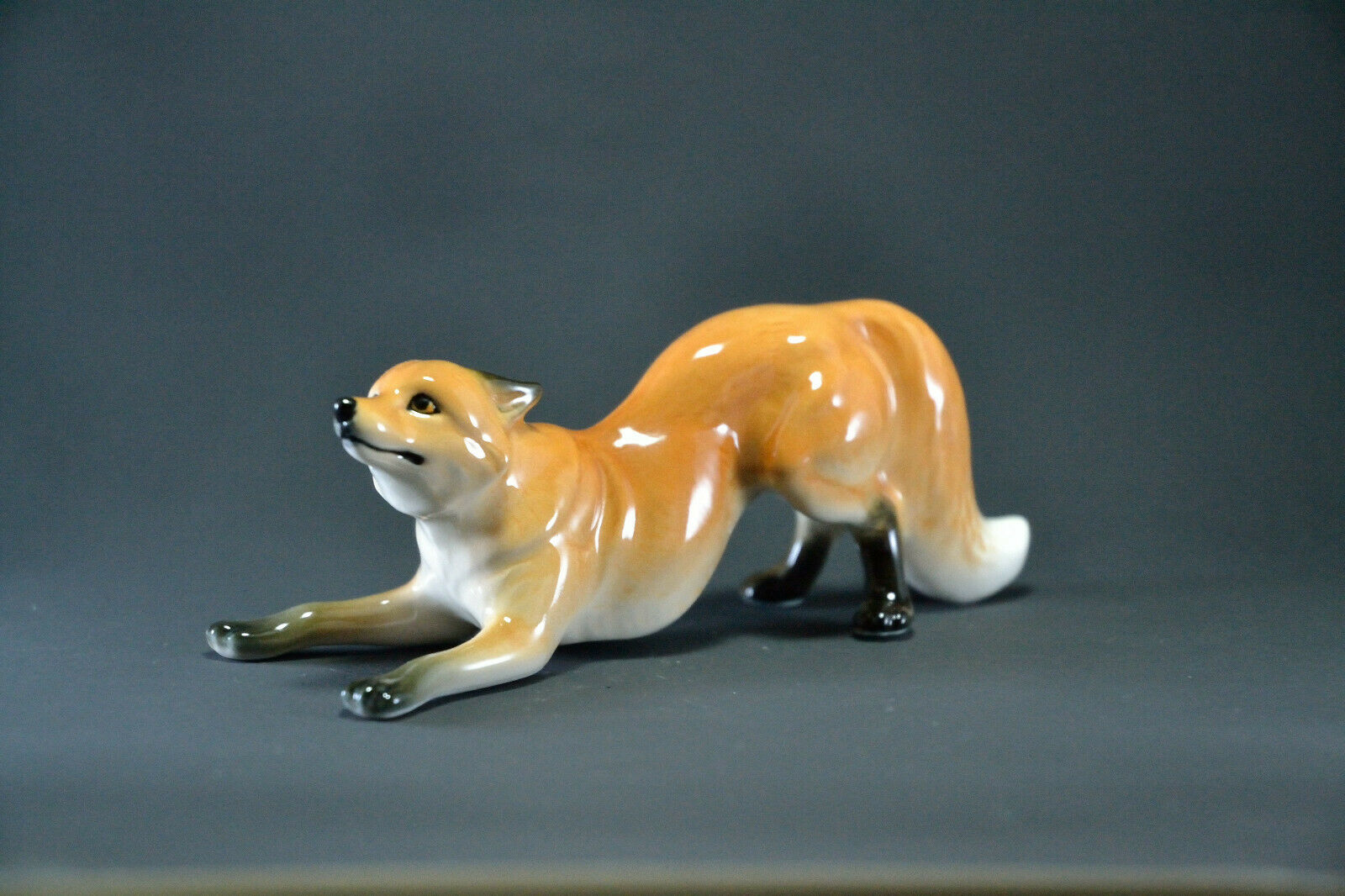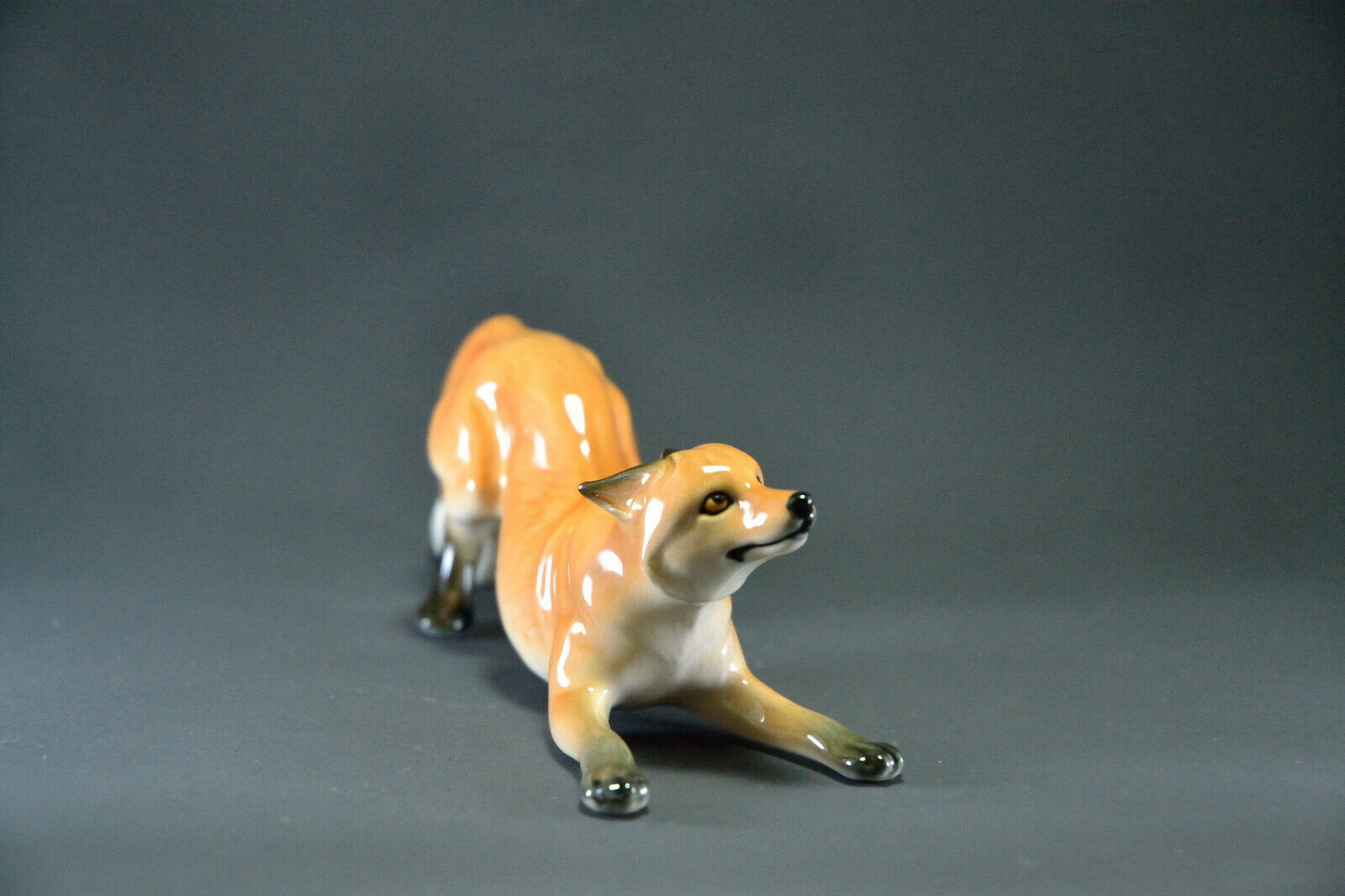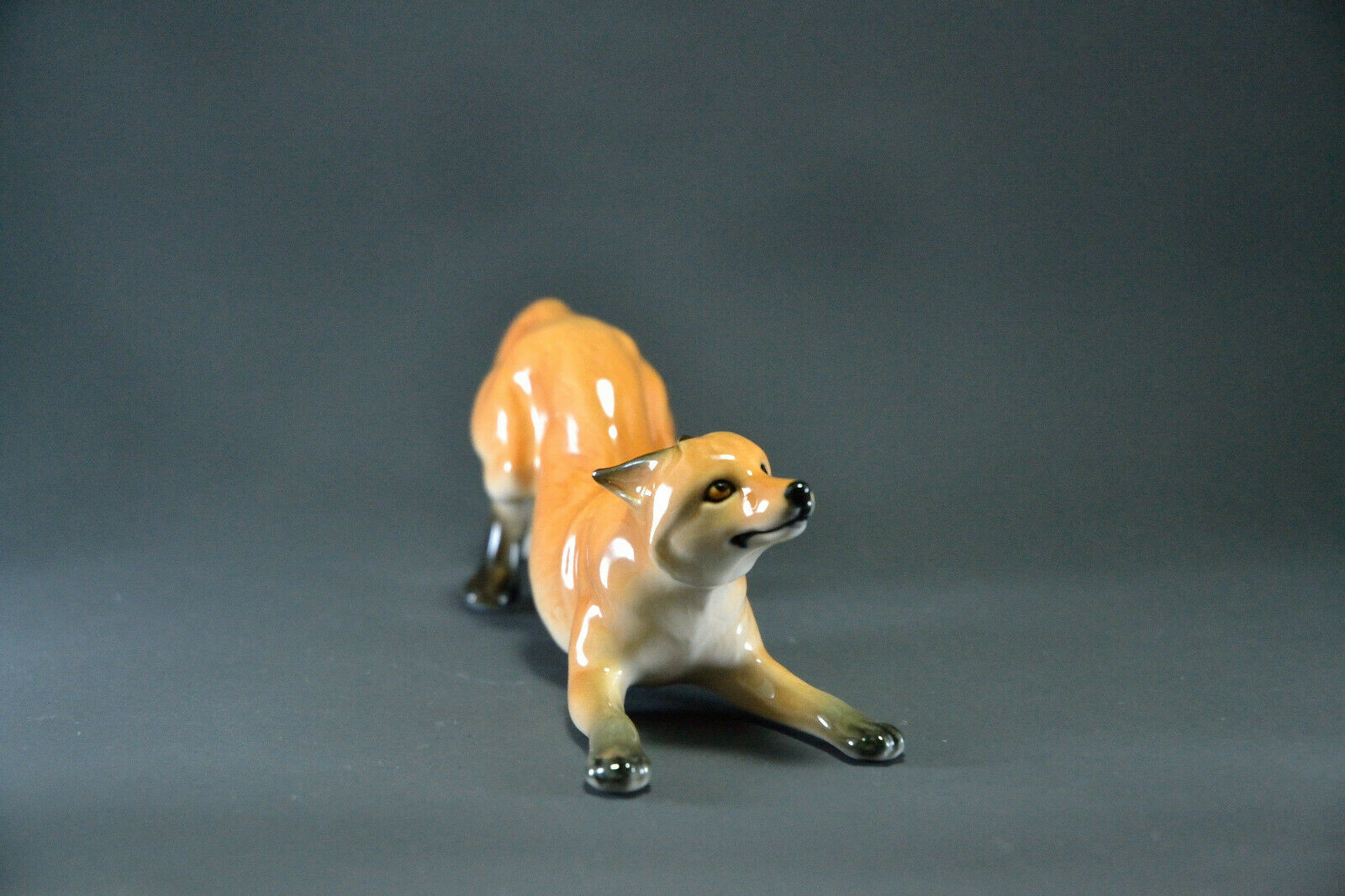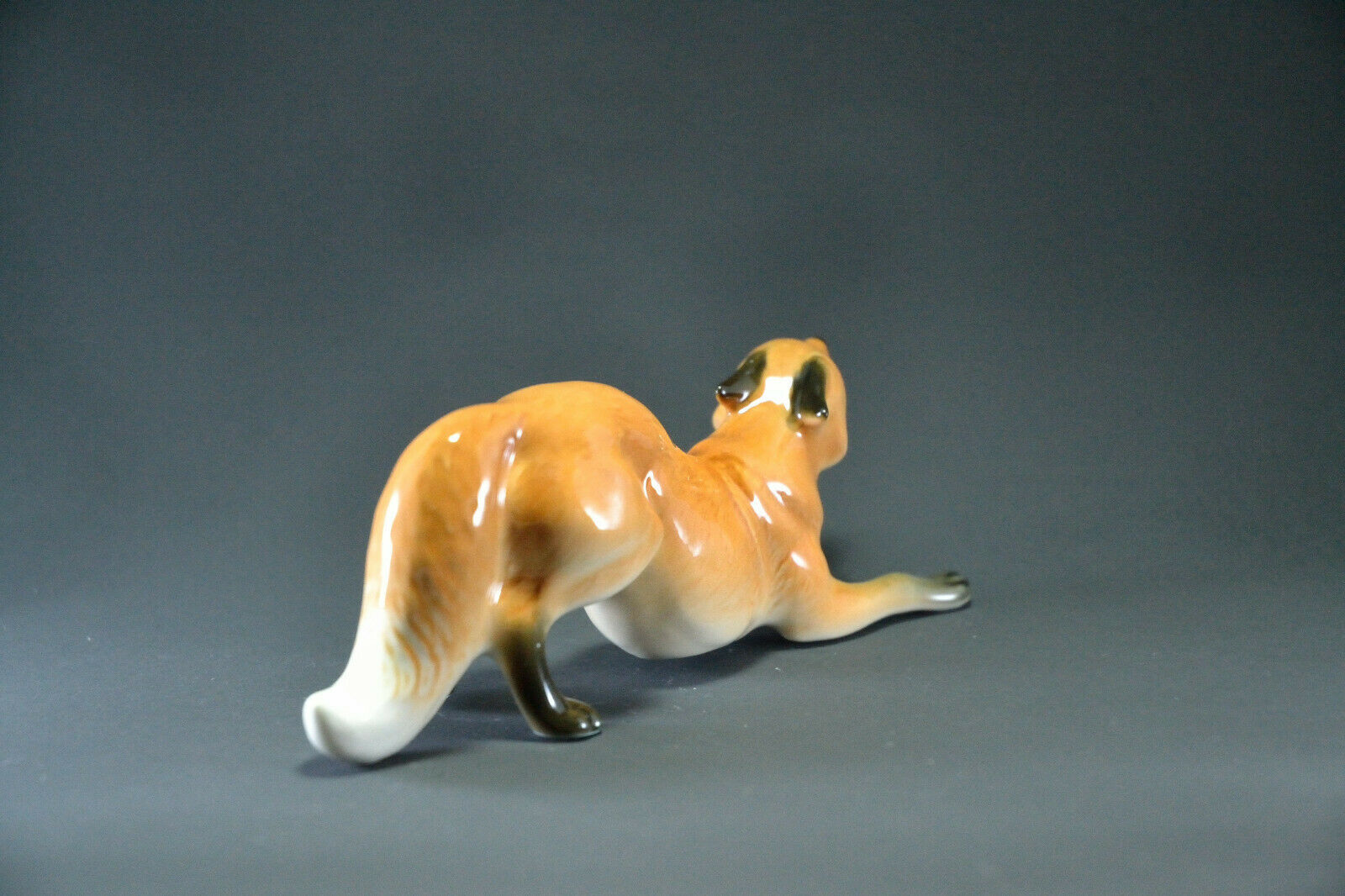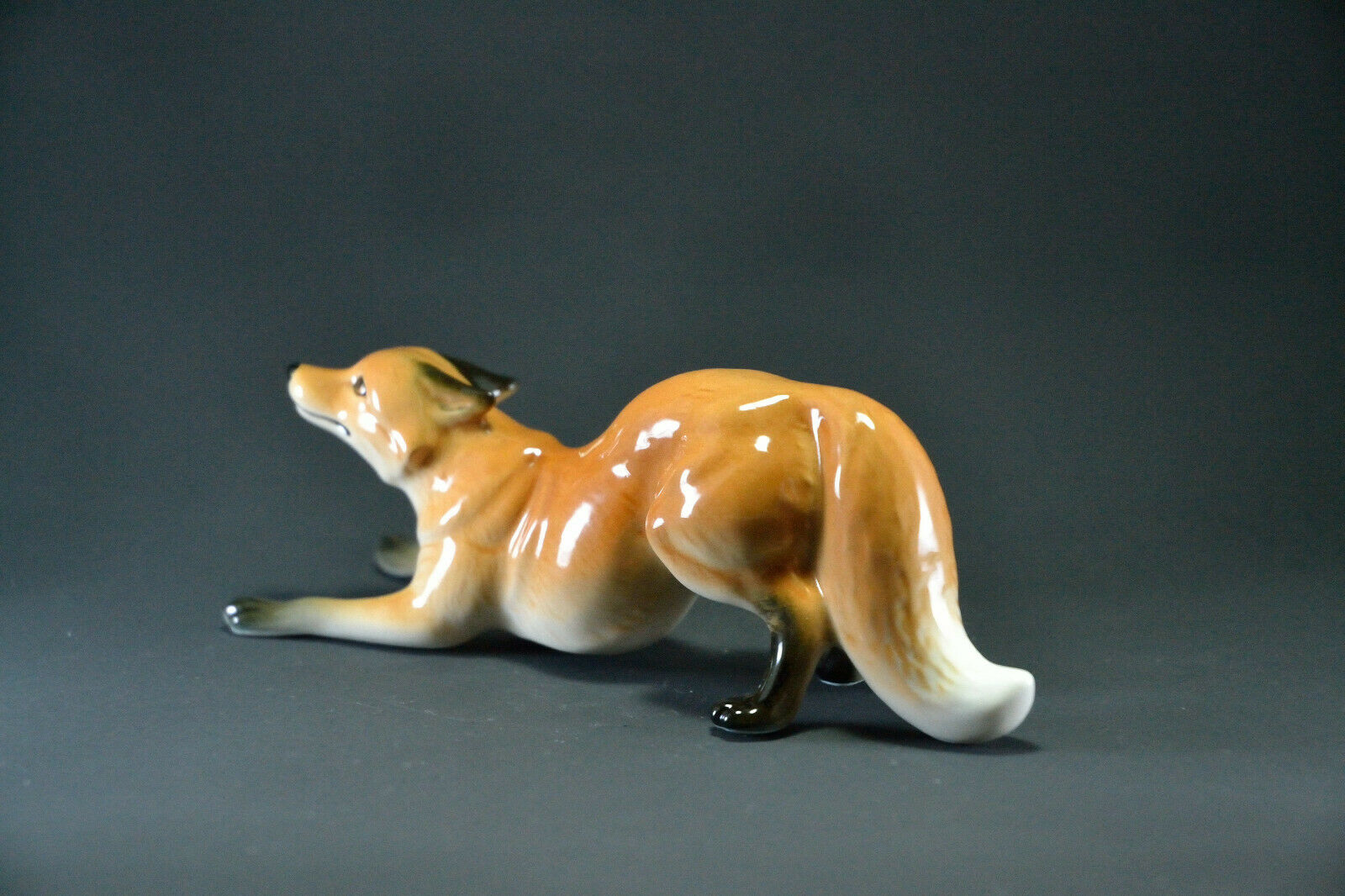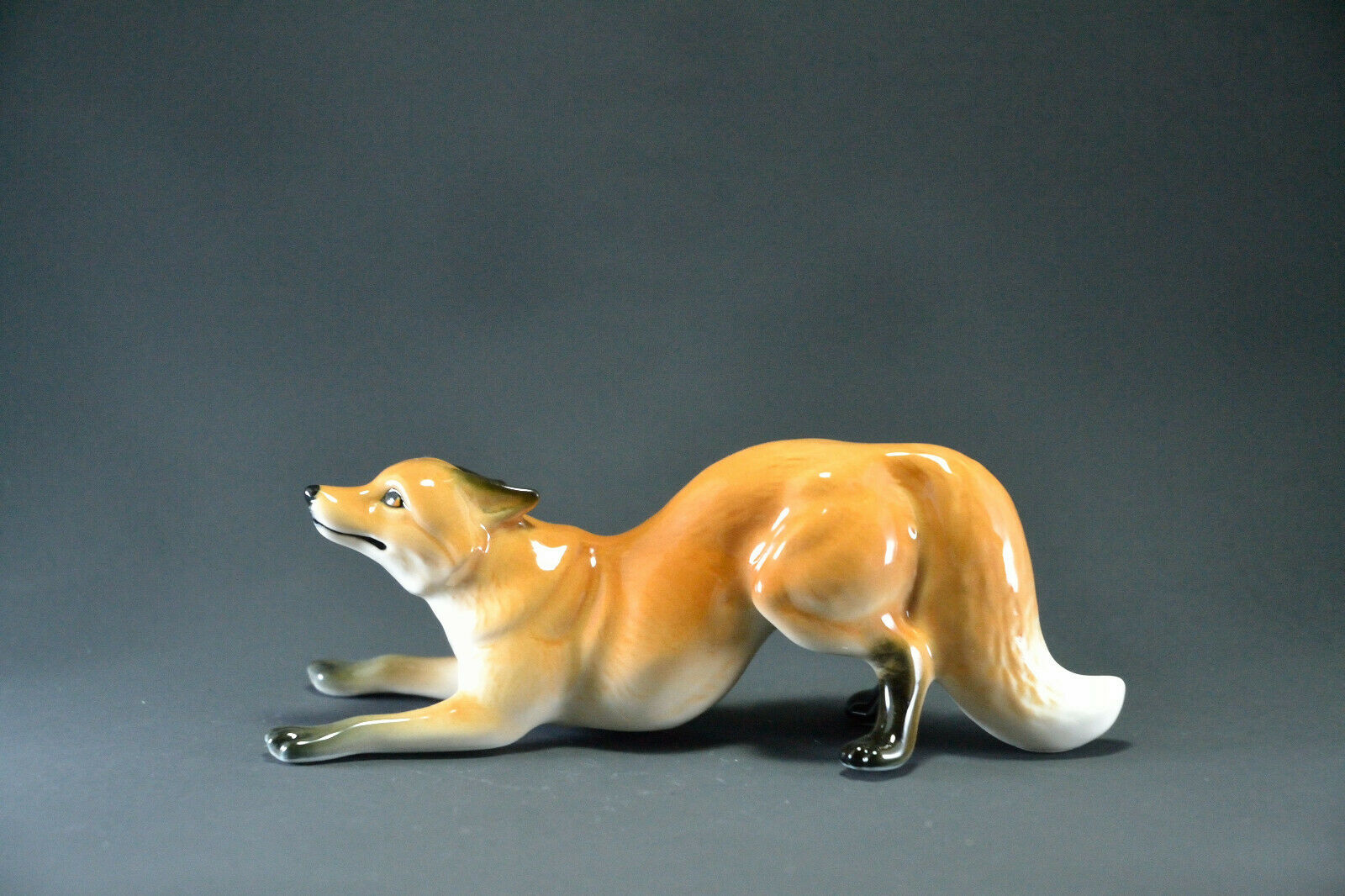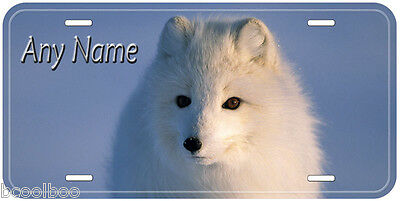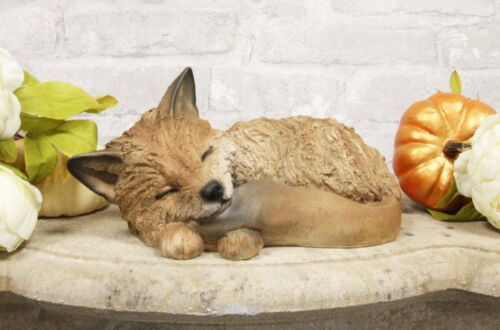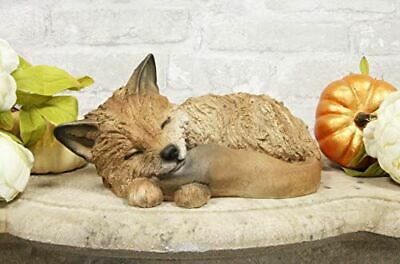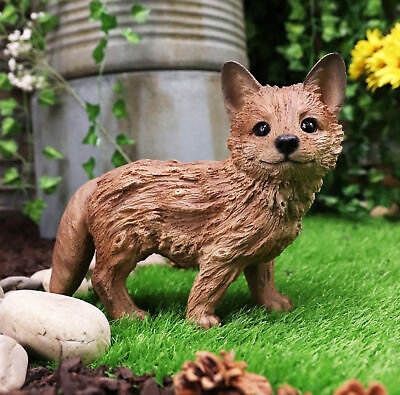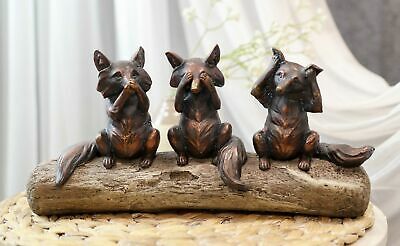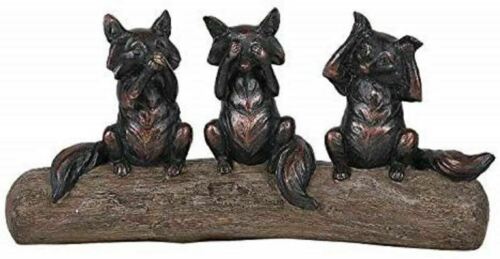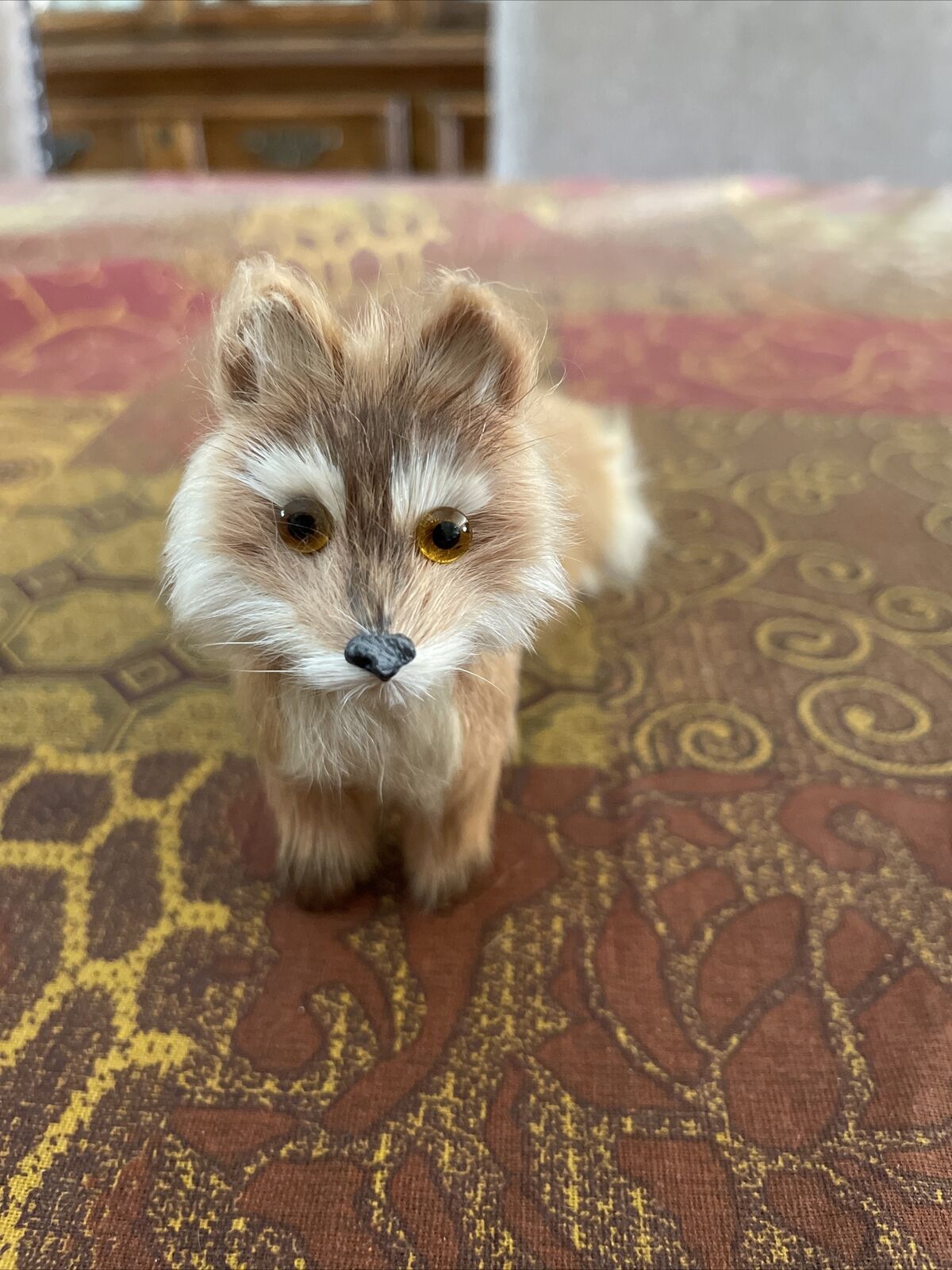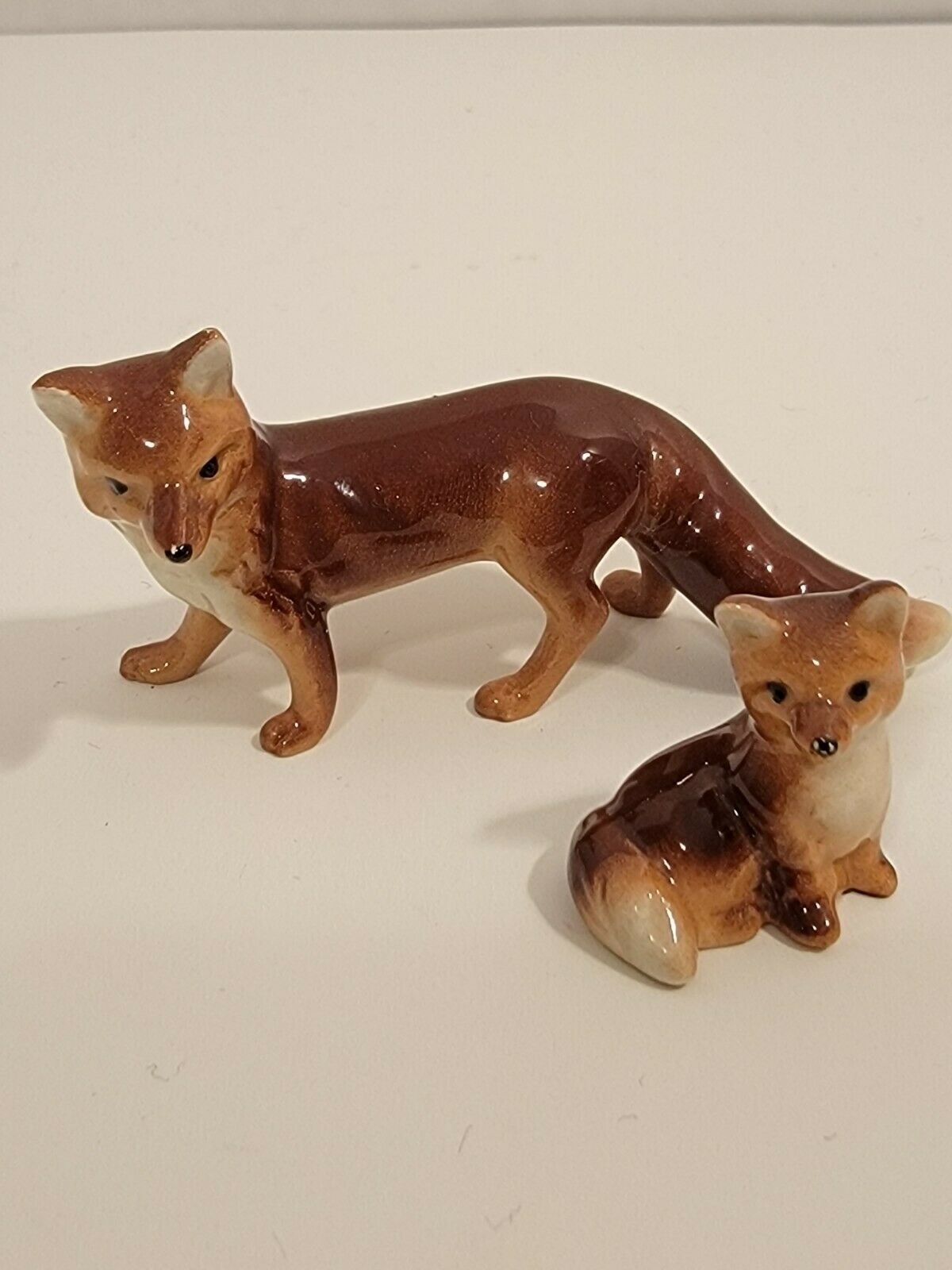-40%
Statuette made of porcelain Fox
$ 10.56
- Description
- Size Guide
Description
Processing times for purchases.We need 1-2 business days to ship the package. All goods are packed securely to arrive at the recipient in perfect condition. Parcels are shipped by air with tracking numbers. We control the movement of each package.
Package as a gift.
If you are making a purchase as a gift to a friend, just write us his address and we will also add gift wrapping.
Combined shipping.
If you want to buy two or more lots, we are happy to offer combined shipping. Just write what items you would like to purchase and we will calculate the combined shipping cost for you. Typically, shipping for the second item costs $ 2-3.
Customer support.
If you have any questions, just write to us, we are always ready to solve any issue.
Material
- porcelain
Country of manufacture
- Russia
Year of manufacture
- 2021
Condition
- new, no damage
Dimensions
- 50*50*140 mm
Expiration date
- unlimited
How to use
- put it in a prominent place, look at it more often and smile))
About fox.
The Slavs revered the fox for his ingenuity and unlimited curiosity in mastering the new and the unknown. She has developed will, fearlessness, accuracy, visual acuity, the ability to obtain everything necessary for life. Bright fox color means passion, self-expression and tension. For the red color, the Fox is compared with fire, and also with a thundercloud due to the brown shade of the fur coat. In Siberia, the predawn dusk, when the sun's rays painted the sky in a dark orange color, was called Fox Darkness.
The fox is a vivid image of femininity and beauty among the Slavs. According to the legend of antiquity, the Fox is aware of the original purpose of the human species, which is to break out of "night darkness" to the Light. Thus, the Fox is a symbol that teaches to draw from an internal source and actively conduct female creative energies.
Due to their mysterious alluring nature, foxes were noted in the folklore of almost every area where they lived.
The Celts believed that the fox possessed special wisdom, as she was well-versed in the forests, so they entrusted her with the leadership of the spiritual world. Full of craftiness, vigor and intelligence, the fox has indomitable power. She loves adventure. For the Celts, the Fox personified energy, expression.
In Japan, the fox is one of the patrons of rain spirits and the messenger of the god of rice, Inari. Also, the fox symbolizes the fight against evil and longevity. In Japanese culture, the White Fox has long become a symbol of abundance and affluence; its clay figures were sculpted and placed near the entrance to houses and temples.
Chinese Foxes can turn into any person, but never - in animals or objects. Chinese philosophy explains this by saying that the essence of the Fox's transformations is in the attainment of wisdom and the attainment of immortality. There is a Chinese proverb: “Where there is no fox, you can’t establish a village there,” which indicates that the fox in Chinese culture is a symbol of good luck. A fox in China has also become a recognized symbol of longevity, according to legend, having reached the age of fifty, a fox can turn into a woman, after reaching a hundred years - into a young girl, and after a thousand years it can take on the image of both women and men, becoming a heavenly fox - tien-hu .
In Indian mythology, the fox was considered a noble and wise messenger and meant a good omen.
The Finns have a belief about foxes who rub their skins on ice and give rise to the Northern Lights, and as a result they call it Fox Fires even today.
The famous Greek fabulist Aesop was depicted in an attic vase squatting in front of a fox, who was saying something to him, gesturing enthusiastically.
It is also known that before, Foxes lived on fruit farms and helped get rid of rodents that spoiled fruits.
In Russian folk tales, Lisitsa constantly needs to choose how to get out of a difficult situation, which ultimately leads to experience and worldly wisdom.
The fact that the Fox is highly intelligent is that the Foxes are monogamous Beasts, and if they organize a couple, then this is for a long time. Foxes rarely attack themselves - they only defend themselves and protect those who are dear to them.
About porcelain
.
Porcelain is a type of ceramic. Porcelain products are products obtained by sintering high-grade white clay (kaolin) with the addition of quartz, feldspar and other impurities. As a result of firing, the resulting material becomes waterproof, white, clear, translucent in a thin layer, without pores.
Porcelain differs from other types of ceramics in the composition and manufacturing process. The two simplest types of ceramics, faience and stone ceramics, are made using only natural clay, which is fired. In most cases, such products are coated with a glassy substance called glaze. Unlike faience and stone ceramics, porcelain is made from a mixture of two components - kaolin and Chinese stone (a variety of feldspar). Kaolin is pure white clay that forms when mineral feldspar is destroyed. Chinese stone is ground into powder and mixed with kaolin. This mixture is fired at a temperature of from 1250 ° C to 1450 ° C). At such high temperatures, Chinese stone is sintered and forms non-porous, natural glass. Kaolin, which is very resistant to heat, does not melt and allows the product to maintain its shape. The process ends when the Chinese stone is fused with kaolin.
A bit of history of porselain.
It is believed that porcelain was invented in China in the VI-VIII centuries AD, a thousand years before it began to be produced in Europe. For a long time, Chinese masters kept secret the technology of its production. However, after 500 years, China’s neighbors, Koreans, learned how to produce so-called “hard” porcelain, that is, white clay products subjected to high-temperature firing. Porcelain entered Central Asia through the Great Silk Road in the 9th century. Closer to the sixteenth century, Japan and then European manufacturers took possession of the secret of making china. In the USA, porcelain production began at the end of the 17th century.
Porcelain attracted the attention of Europeans as soon as regular trade relations were established with China. Initially, porcelain in Europe was exclusively imported, it was fabulously expensive and belonged only to noble and wealthy houses. Of course, attempts began to unravel the secret of porcelain manufacturing, which led European masters to success: at the beginning of the 18th century several large porcelain manufactories appeared in Europe, which launched the production of both mass and unique, custom-made porcelain products and services. In Russia, the porcelain fashion is considered introduced by Peter 1.
